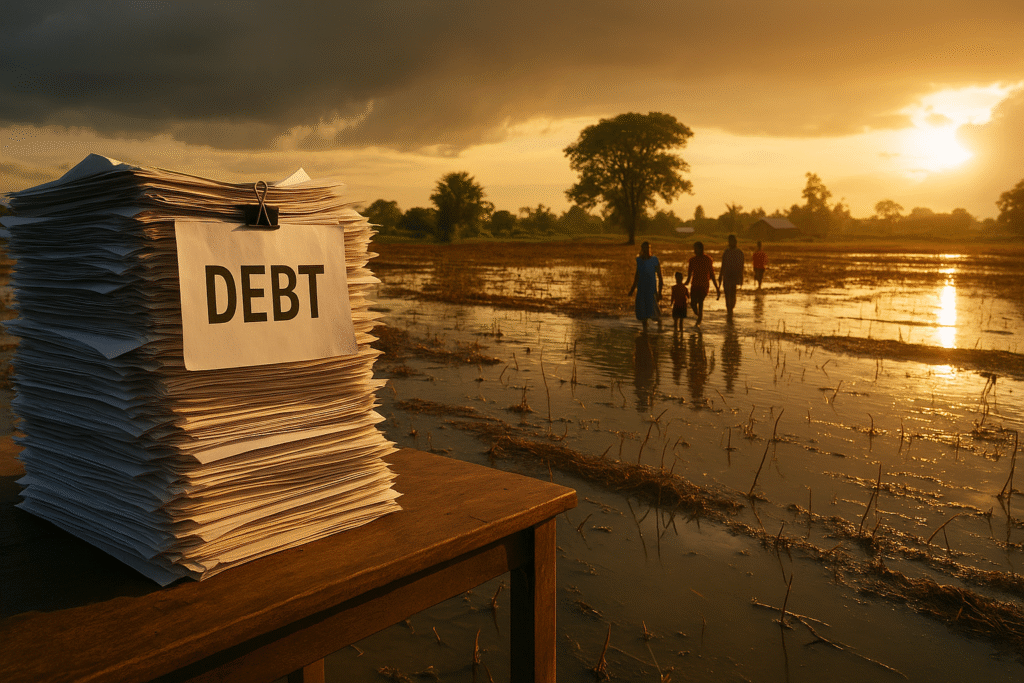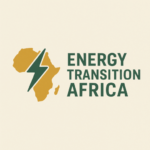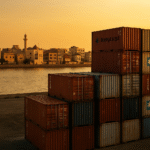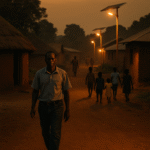A summit of promises and risks
The second Africa Climate Summit in Addis Ababa closed with bold headlines: African leaders committed to mobilise $50 billion a year for climate solutions through a new Climate Solutions Initiative. The pledge is ambitious, visionary, and badly needed. But behind the applause lies a troubling risk: that this new wave of climate finance will come not as grants, but as loans that deepen debt.
For a continent already paying $163 billion in debt service in 2024, nearly triple the level of 2010 (Brookings), the difference between grants and loans is not technical. It is existential. If $50 billion a year arrives as debt, Africa’s climate future could be built on a financial trap.
Adaptation arrives as debt
The injustice is already visible in the numbers. According to the IMF, 47% of climate finance in Africa in 2024 supported adaptation, but 57% of that support was delivered as loans. Adaptation, by definition, generates no immediate financial return. It builds resilience: coastal defences, flood protections, and climate-resilient agriculture. These are public goods. Yet African countries are being asked to borrow for them.
This sets up a cruel paradox: the very finance meant to reduce vulnerability is delivered in ways that increase fiscal fragility. Countries like Zambia, Ghana, and Kenya, which are already battling debt sustainability crises, must weigh whether to build flood defences or preserve their credit ratings.
In our earlier analysis, Africa’s Climate Finance Crisis, we showed how debt-laden finance undermines adaptation goals. ACS2 has not resolved that contradiction; it risks amplifying it.
Debt service is choking climate action
The debt overhang is not abstract. It is measured in clinics without electricity, farms without irrigation, and coastal towns without protection. In 2024, Africa spent $163 billion on debt service, money that could have funded resilience and renewable energy instead.
When governments spend more on debt repayment than on health, education, or climate action, the injustice of climate finance becomes obvious. For us, this is not only a policy issue but a justice issue: every borrowed dollar for adaptation today is a dollar stolen from tomorrow’s fiscal space.
Addis Declaration: adaptation first, but how financed?
The Addis Ababa Declaration rightly put adaptation at the heart of Africa’s climate leadership, echoing civil society demands for grant-first approaches (WWF Africa). Nature-based solutions, restoring forests, protecting watersheds, and leveraging Indigenous knowledge were elevated as continental priorities.
But the central question remains unanswered: who will pay, and in what form? If adaptation finance is built on debt, then the Addis Declaration will remain aspirational rhetoric. The credibility of Africa’s $50 billion target depends on whether finance is structured as grants, concessional risk-sharing, or loan-heavy instruments.
The grant gap after COP29
Just months ago, COP29 announced a new global finance goal of $1.3 trillion annually by 2035. The numbers sounded historic. But look deeper: only $300 billion is expected from public sources, with the rest to come from private capital.
This means that even at the global level, climate finance is being designed to be loan-heavy and grant-light. COP29 failed to set binding targets for grants, leaving Africa exposed. Addis tried to localise ambition, but without structural reform, the grant gap will persist.
The cost of capital problem
Even if $50 billion is mobilised, how it is priced matters as much as how much is pledged. The International Energy Agency notes that interest rates in Africa are two to three times higher than in OECD countries. A solar plant in Kenya costs 20–30% more to finance than the same plant in Germany.
Add to that currency risk, most loans are denominated in dollars or euros, while revenues are in local currencies that depreciate. Tariffs rise, projects stall, and households are priced out. Without local-currency lending, FX hedging, and guarantee platforms, Africa’s $50 billion target could collapse under the weight of the cost of capital.
Grants exist, but are inaccessible
Even when grants are pledged, they are notoriously hard to access. The Green Climate Fund (GCF), Africa’s flagship grant instrument, has been criticised for multi-year accreditation delays and burdensome approval processes.
The GCF’s Independent Evaluation Unit admitted that “the most vulnerable institutions face the toughest barriers.” In practice, this means African ministries, municipalities, and community groups wait years for projects to be approved, while global intermediaries fast-track their applications.
If ACS2’s $50 billion goal is to be credible, direct access for African institutions must be a red line.
Shrinking grants, rising needs
Meanwhile, the OECD warns that official development assistance (ODA) is projected to decline again in 2025. Donor fatigue, inflation, and geopolitical distractions are eroding the grant pool just as Africa’s climate bill grows.
This risks widening the adaptation finance gap at the very moment when it must close. Without reversing this trend, $50 billion could simply be an accounting trick: more loans, fewer grants, rising debt, and unmet needs.
Three urgent shifts for Africa’s $50 billion
From the Addis summit to COP30, Africa must push for three urgent reforms:
- Grant-first for adaptation and loss-and-damage. These areas should never be financed through loans. If $50 billion is loan-driven, it will fail its purpose.
- De-risk without debt. Guarantees, local-currency lending, and FX hedging must be mainstreamed into every climate finance package. This lowers costs without creating repayment burdens.
- Green debt relief. Debt-for-climate swaps and climate clauses in sovereign bonds can unlock fiscal space while aligning repayment terms with climate goals.
These shifts are pragmatic, not radical. They are the minimum conditions for Africa’s climate finance to be credible, just, and effective.
From Addis to Brazil: Africa’s road to COP30
The Addis summit ended with strong rhetoric and ambitious targets. But the road now leads to COP30 in Brazil. Africa must arrive with one voice:
- Finance for adaptation must be grant-first.
- Finance must be predictable, accessible, and fairly priced.
- Finance must be tied to justice, not debt traps.
As we saw in our earlier analysis of Zombie Energy Systems, new investments are wasted if they sit on broken grids and weak fiscal foundations. Finance is not just about numbers; it is about systems that deliver for people.
The bottom line
Africa’s $50 billion climate finance ambition is historic. But its success depends entirely on how it is financed.
If adaptation money comes as loans, the continent will trade climate resilience for fiscal fragility. If it comes as grants, risk-sharing, and debt relief, Africa can turn ambition into reality.
The Addis summit has drawn the map. COP30 will decide whether Africa walks into the future with tools of liberation, or with the same shackles of debt.
“Adaptation needs grants, not loans. Africa’s $50 billion climate ambition cannot be built on debt.”




Pingback: Finance or Folly? How Climate Capital Is Fueling Mining Abuses in Africa - Energy Transition Africa Finance or Folly? Climate Capital in Africa’s Mines